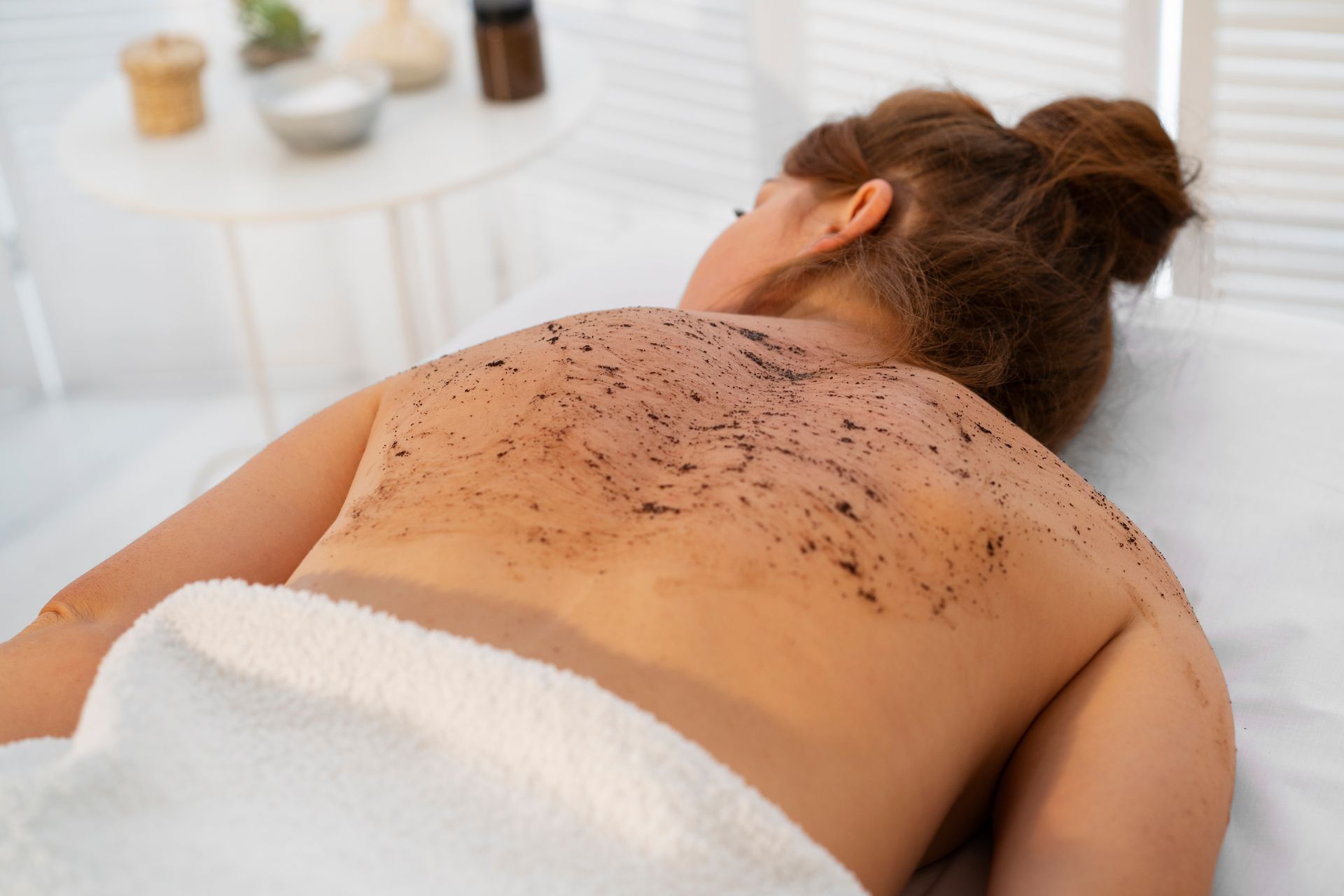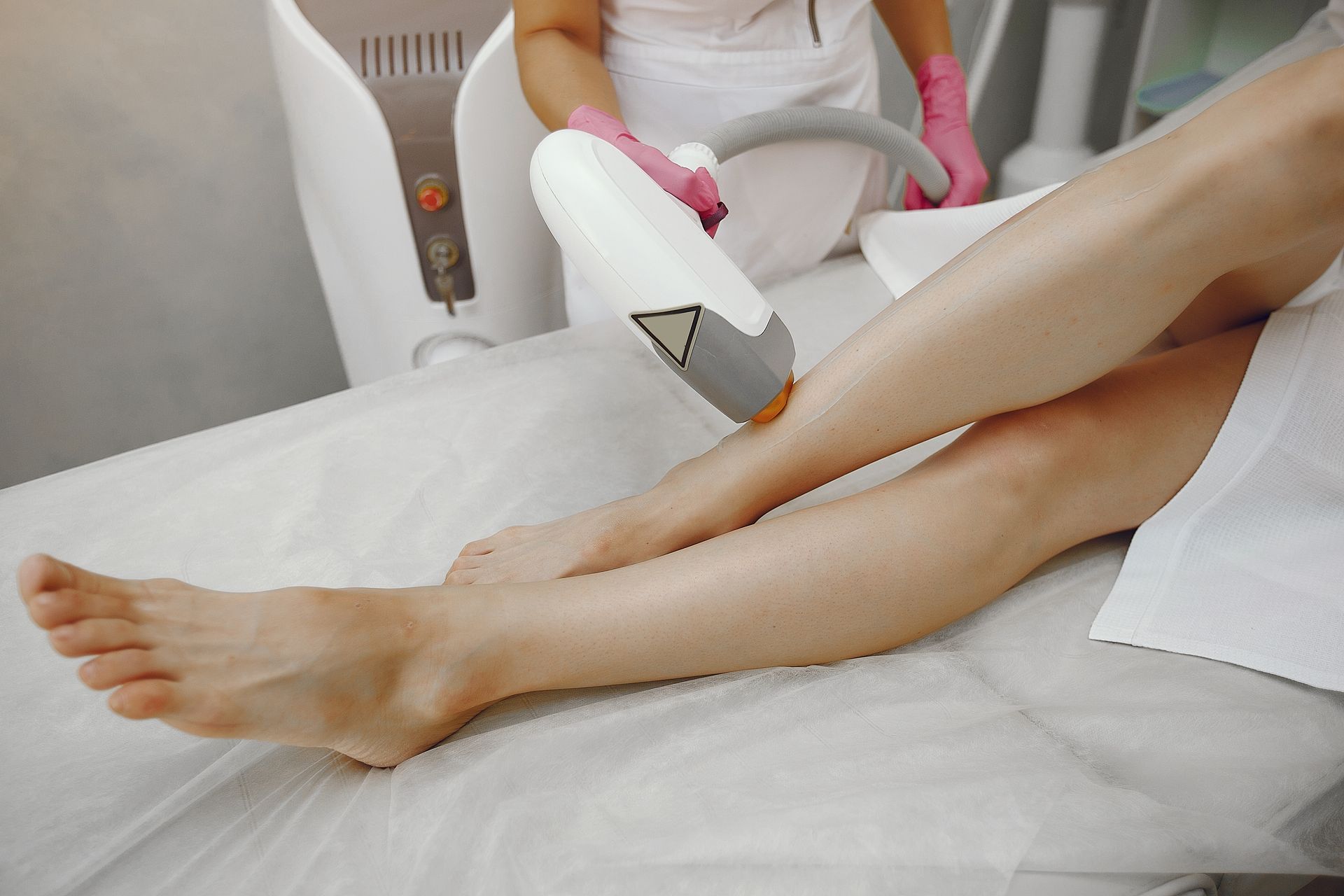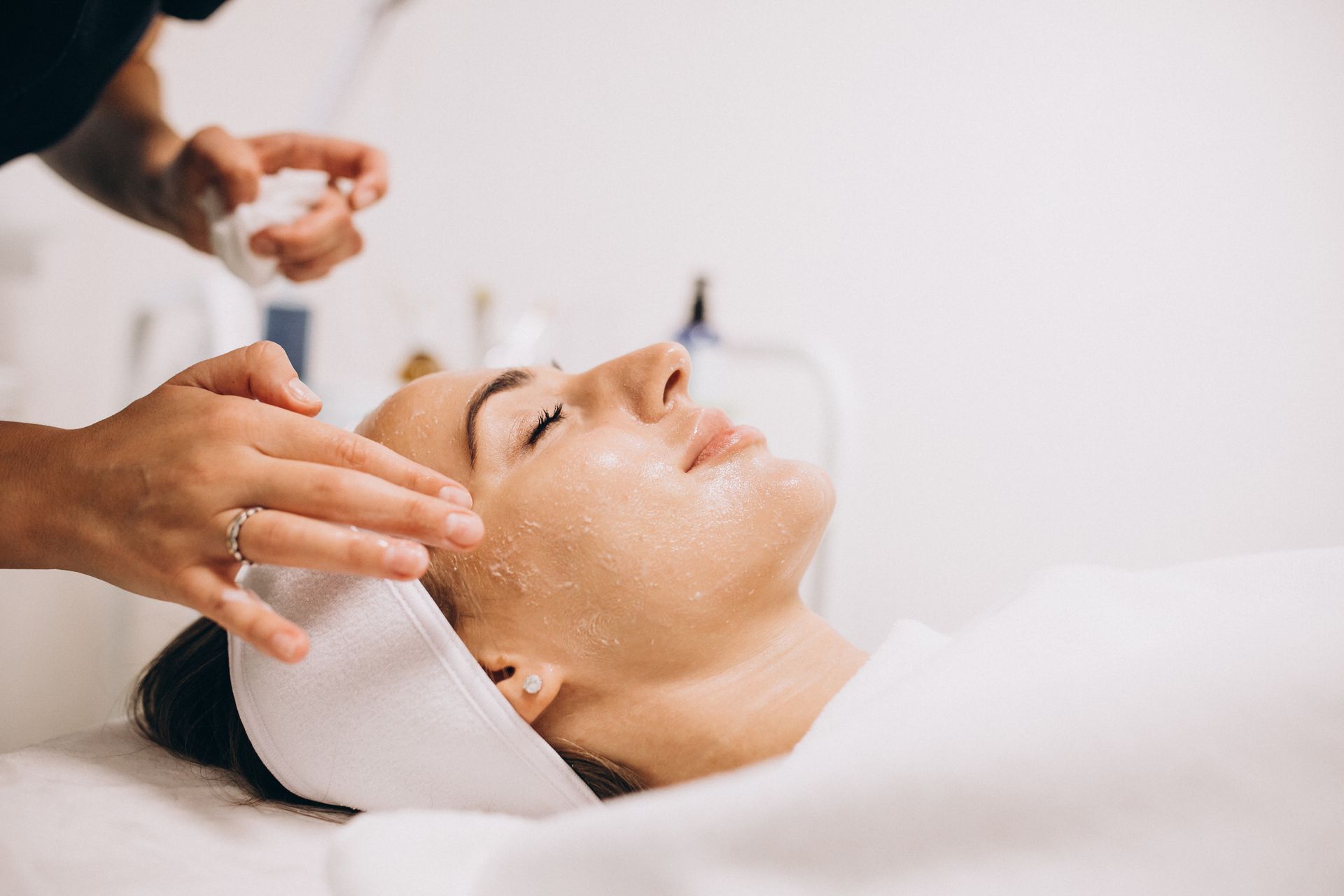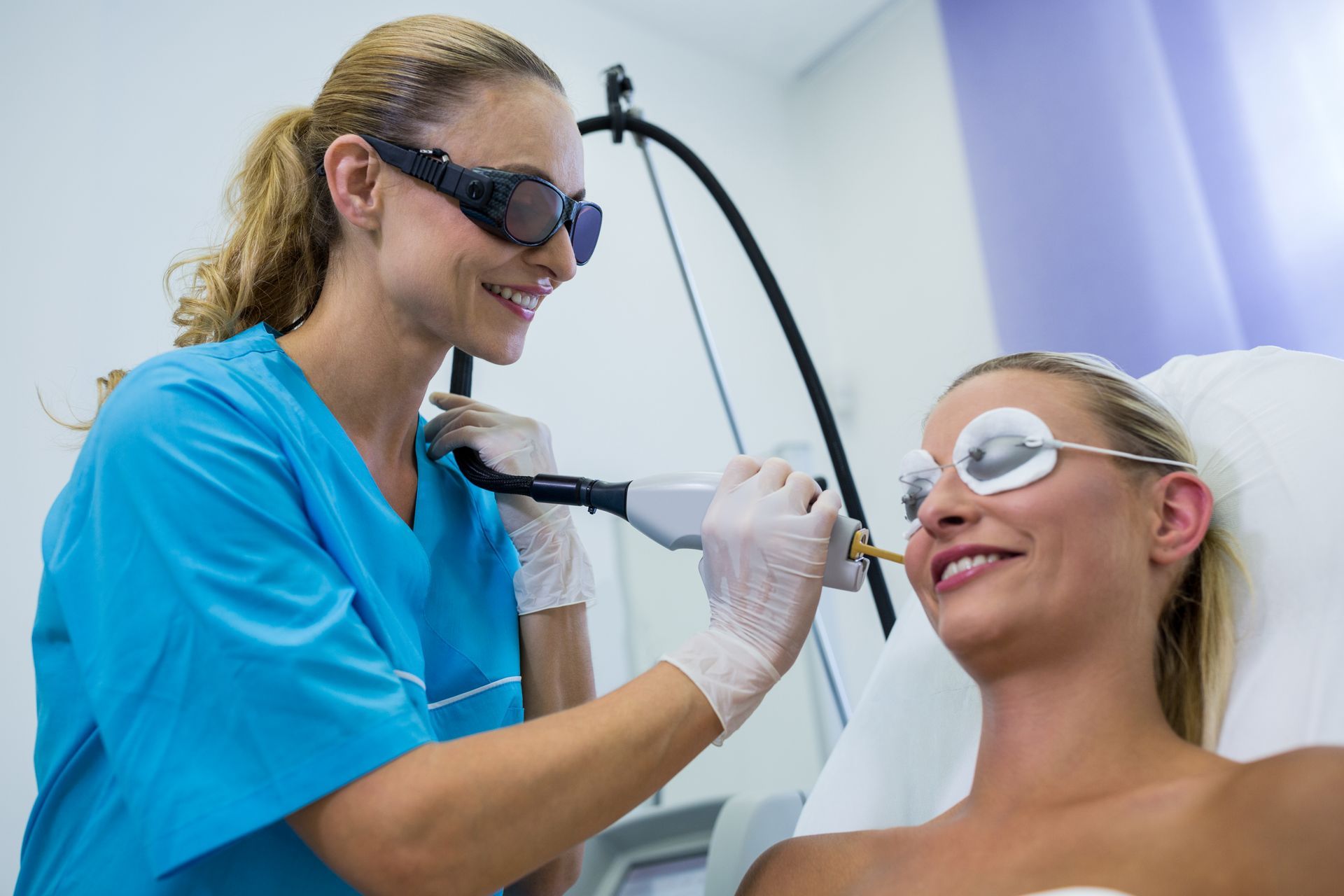Is Brazilian Laser Hair Removal Permanent?
Embarking on the journey towards achieving smooth and hair-free skin often leads individuals to consider Brazilian laser hair removal as a potential solution. This advanced hair removal technique has gained widespread popularity for its promise of long-term results and the convenience it offers. However, amidst the allure of permanent hair reduction, questions inevitably arise regarding the permanency of Brazilian laser hair removal.
In this exploration, we delve into the intricacies of Brazilian laser hair removal, aiming to decipher whether it indeed delivers on its promise of permanent hair reduction. Understanding the mechanisms of this treatment and exploring its efficacy are crucial steps in navigating the decision-making process. By shedding light on the effectiveness of Brazilian laser hair removal, we empower individuals to make informed choices about their hair removal journey, ensuring they embark on a path that aligns with their goals and expectations.
How Brazilian Laser Hair Removal Works
Brazilian laser hair removal is a specialized treatment designed to remove unwanted hair in the pubic area, including the bikini line and genital region. This procedure employs advanced laser technology to target and disrupt hair follicles, inhibiting their ability to produce new hair growth.
During Brazilian laser hair removal, a concentrated beam of light is emitted by the laser device and directed onto the skin in the targeted area. The pigment in the hair follicles absorbs the light energy, which is then converted into heat. This heat damages the follicles, effectively stunting their growth and preventing future hair production. Over time and with repeated treatments, the treated hair follicles become progressively weaker, resulting in a significant reduction in hair growth in the treated area.
One of the key aspects of Brazilian laser hair removal is its ability to selectively target hair follicles while minimizing damage to the surrounding skin. The laser device is calibrated to emit a specific wavelength of light that is absorbed by the pigment in the hair follicles, ensuring precise targeting. This focused energy penetrates the skin and reaches the hair follicles beneath the surface, where it disrupts their growth cycle. By selectively targeting hair follicles in the pubic region, Brazilian laser hair removal can effectively reduce hair growth in this area, providing long-lasting results.
Addressing the Permanency Question
While Brazilian laser hair removal offers significant and long-lasting reduction in hair growth, it's essential to clarify the distinction between permanent hair reduction and permanent hair removal. Permanent hair reduction refers to a significant decrease in hair growth over time, with some hair follicles becoming inactive and producing little to no new hair. However, complete and permanent removal of all hair follicles may not always be achievable, and some maintenance treatments may be necessary to sustain results.
When considering Brazilian laser hair removal, it's important to manage expectations regarding treatment outcomes. While many individuals experience a substantial reduction in hair growth after undergoing
multiple laser sessions, complete elimination of all hair follicles may not be realistic for everyone. Factors such as skin type, hair color, and hormonal influences can affect treatment efficacy and outcomes. It's advisable to consult with a qualified practitioner to discuss realistic expectations and determine the most suitable treatment plan based on individual needs and goals.
By understanding the mechanisms of Brazilian laser hair removal and addressing questions surrounding its permanency, individuals can make informed decisions about this treatment option and achieve desired results effectively.
Factors Affecting Long-Term Results
Influence of Skin and Hair Type:
The efficacy of Brazilian laser hair removal can be influenced by individual
skin and hair characteristics. Generally, individuals with lighter skin and darker, coarse hair tend to experience better results as the laser can more effectively target the melanin in the hair follicles. However, advancements in laser technology have made it possible to treat a wider range of skin and hair types with satisfactory results.
Role of Hormonal Changes in Hair Growth:
Hormonal changes, such as those associated with puberty,
pregnancy, or medical conditions like polycystic ovary syndrome (PCOS), can affect hair growth patterns and impact the effectiveness of laser hair removal. Fluctuations in hormone levels can stimulate hair follicles, leading to increased hair growth and potentially requiring additional maintenance treatments to sustain results.
Considerations for Maintenance Treatments:While Brazilian laser hair removal offers long-term reduction in hair growth, it may not completely eliminate hair follicles permanently. Factors such as hormonal changes, aging, and individual responses to treatment can contribute to hair regrowth over time. Therefore, maintenance treatments may be necessary to maintain desired results. These treatments are typically spaced further apart than initial sessions and serve to target any new hair growth that may occur.
Comparison with Other Hair Removal Methods
In comparison to traditional hair removal methods such as waxing, shaving, and depilatory creams, Brazilian laser hair removal offers longer-lasting results with less frequent maintenance. While traditional methods provide temporary removal of hair, laser hair removal targets the root of the hair follicle, resulting in a reduction in hair growth over time.
Each hair removal method has its
pros and cons. Brazilian laser hair removal offers long-term reduction in hair growth with minimal side effects and discomfort. However, it may require
multiple sessions for optimal results and may not be suitable for everyone, particularly those with certain skin and hair types. Traditional methods like waxing and shaving offer immediate results but require regular maintenance and may be associated with discomfort or skin irritation. Understanding the pros and cons of each method can help individuals make informed decisions based on their preferences and needs.
Importance of Consulting with a Qualified Practitioner
Before undergoing Brazilian laser hair removal, it is crucial to consult with a qualified practitioner or dermatologist. A consultation allows the practitioner to assess your skin type, hair color, medical history, and treatment goals to determine if you are a suitable candidate for the procedure. Additionally, they can provide personalized recommendations, address any concerns or questions you may have, and discuss potential risks and side effects associated with the treatment.
Factors to Consider Before Opting for Brazilian Laser Hair Removal
Several factors should be considered before deciding to undergo Brazilian laser hair removal. These include:
- Skin and hair type:The effectiveness of laser hair removal can vary depending on your skin tone and hair color. Individuals with lighter skin and darker hair typically experience better results.
- Treatment expectations: It is essential to have realistic expectations about the outcomes of Brazilian laser hair removal. While the procedure can significantly reduce hair growth, complete and permanent removal may not always be achievable.
- Medical history: Certain medical conditions or medications may affect your eligibility for laser hair removal or increase the risk of complications. It is important to disclose any medical conditions or medications to your practitioner during the consultation.
- Treatment schedule: Brazilian laser hair removal typically requires multiple treatment sessions spaced several weeks apart to target hair follicles in different stages of the growth cycle. Consider your schedule and commitment to attending these sessions before proceeding with treatment.
Conclusion
Brazilian laser hair removal offers a promising solution for long-term reduction of unwanted hair. Throughout this exploration, we have highlighted the importance of consulting with a qualified practitioner, considering various factors before opting for the procedure, and setting realistic expectations for treatment outcomes. While Brazilian laser hair removal can provide significant and long-lasting reduction in hair growth, complete and permanent removal may not always be achievable for everyone. It is essential to approach the procedure with informed understanding and to follow up with maintenance treatments as recommended by your practitioner to sustain results over time. By doing so, individuals can achieve smoother, hair-free skin and confidently embrace the benefits of Brazilian laser hair removal.
BOOK YOUR FREE SESSION










